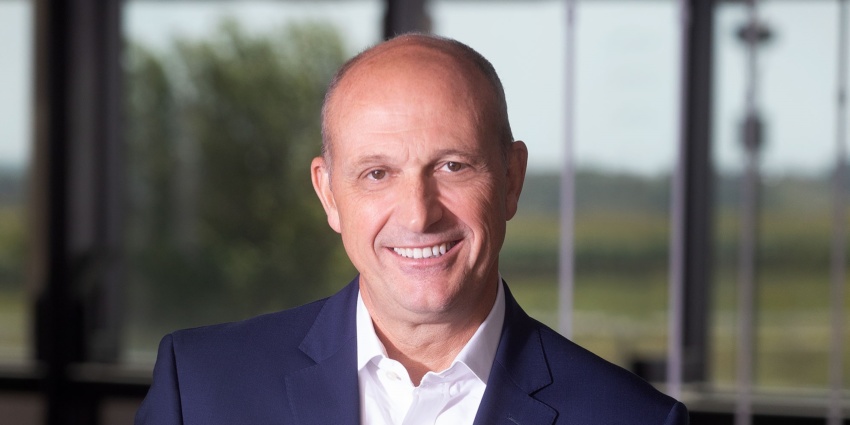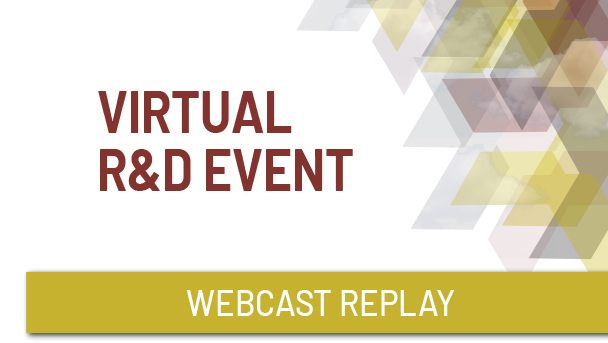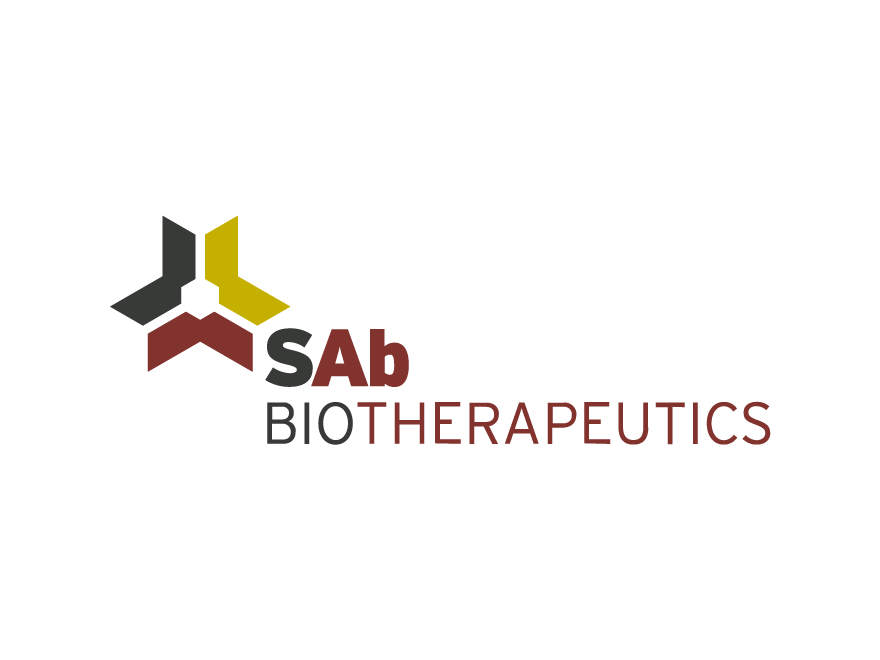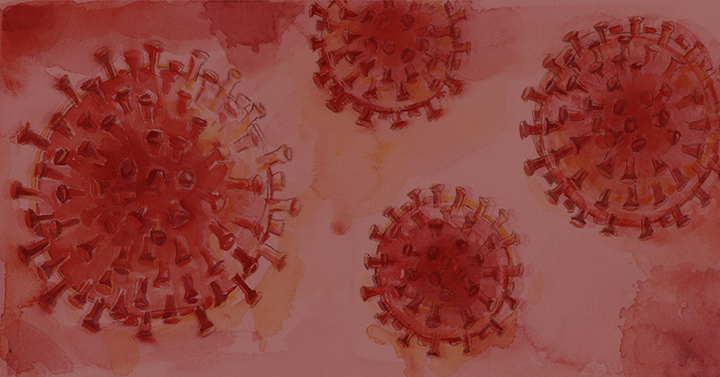November 12, 2019
This paid piece is sponsored by South Dakota Biotech.
A biopharmaceutical industry veteran is piloting SAB Biotherapeutics’ immunotherapy products to market.
Rick Finnegan, executive vice president of program management, comes to Sioux Falls-based SAB with more than 30 years of experience in the global biopharmaceutical industry, working in product development, clinical advancement and commercialization.
He spent 12 years at Merck helping bring a number of first-in-class products to the U.S. and global markets. His experience also includes overseeing European and Asian markets for other biotech businesses.
Finnegan splits time between SAB’s Sioux Falls office and a satellite office the company opened in Cambridge, Mass., one of the nation’s top biotech hubs.
We caught up with him to learn more about his role and the potential he sees at SAB.
What brought you to SAB?
First, I’m a firm believer in the technology. Leveraging the native human biological immune response to fight disease is truly a brilliant concept that hasn’t been possible before. Previous antibody technologies have large markets and applications but also significant limitations. Our platform is able to overcome and even leapfrog the current industry-leading immunotherapies, while addressing unmet needs in critical areas.
When you think about it, immune systems have been the most successful drug development engine in history. Through advances in genetic engineering, SAB has been able to capture the native human immune response in a therapeutic engine. The potential applications for this platform are enormous and for many life-changing.
Second, I worked for nearly four years as a collaborator with SAB prior to joining the leadership team here. The work, the people, the programs are impressive, and the opportunity to bring a new class of immunotherapies to patients and have an impact, while rewarding the confidence of our investors, of which I’m also one, is simply a “win-win.”
What does your role at SAB involve?
My core responsibilities center around commercialization of the company’s program portfolio and technology assets. My role internally is to oversee project management, driving timelines and budgets to achieve key value-creation milestones. Externally, this may take the form of industry, government or nonprofit partnerships for grants, funding or licensing and oversight of contract research organizations, contractors and consultants.
What do you find most rewarding about your work at SAB?
The fact that SAB’s technology can be applied to almost any disease is the most rewarding aspect to me. The company is focused on high-value commercial markets but has also done extensive research in unaddressed global diseases that few other companies have programs in.
How is SAB utilizing its Cambridge office?
In this industry, it’s strategic to have a location in the heart of one of the pharma’s research and financial centers. The Cambridge office provides an excellent base for networking with scientific and industry expertise as well as keeping us close to the large health care investment community in the Northeast.
What do you see as the potential of SAB’s technology?
There are a number of areas in which our technology has great promise, but the one that stands out for me is in oncology. Since single monoclonal antibodies have failed to provide a full solution to cancer, the current trend is to co-administer and combine agents to have a broader effect. We think the natural breadth and diversity provided by our polyclonal products will be a more specific and scientifically elegant solution to this challenge in oncology.
Is there a program in particular that you have most interest in personally?
I’m intrigued by our human anti-thymocyte globulin, or ATG, program. First, non-human versions of ATG are on the market and have demonstrated that they are effective tools to improve the success of organ transplant, and the only thing limiting their broader use is safety concerns associated with their non-human or animal derivation. A human ATG, produced with our unique capability to create a human product, would immediately expand this established market. Second, there is compelling clinical research that ATG could be used to treat some forms of type 1 diabetes. Again, a human version of this would be substantively more valuable than a non-human version. The ability for a single program to contribute so significantly to two important disease categories is very exciting to me.



